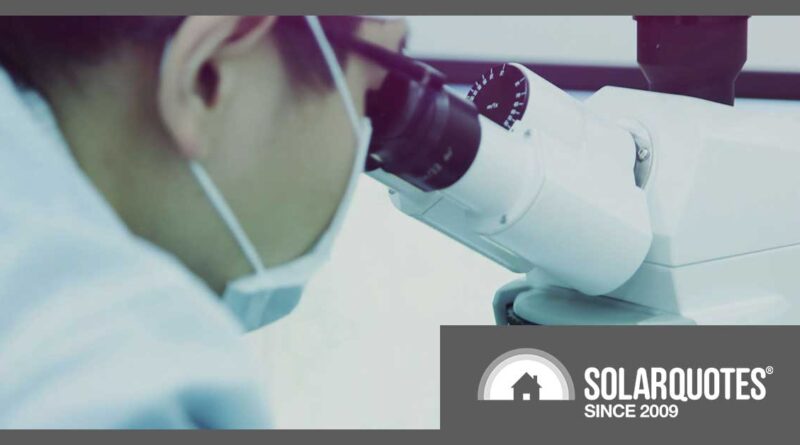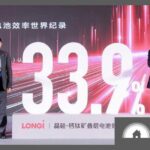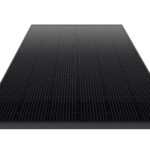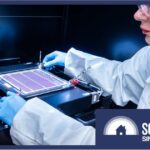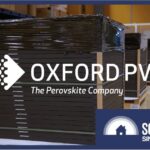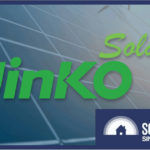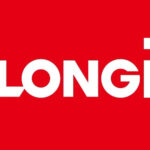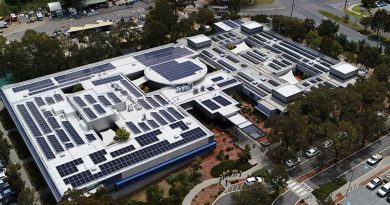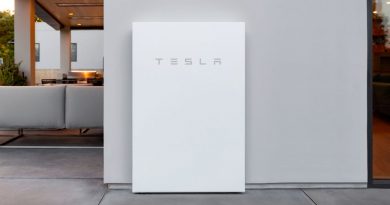Another Solar Efficiency Record for LONGi
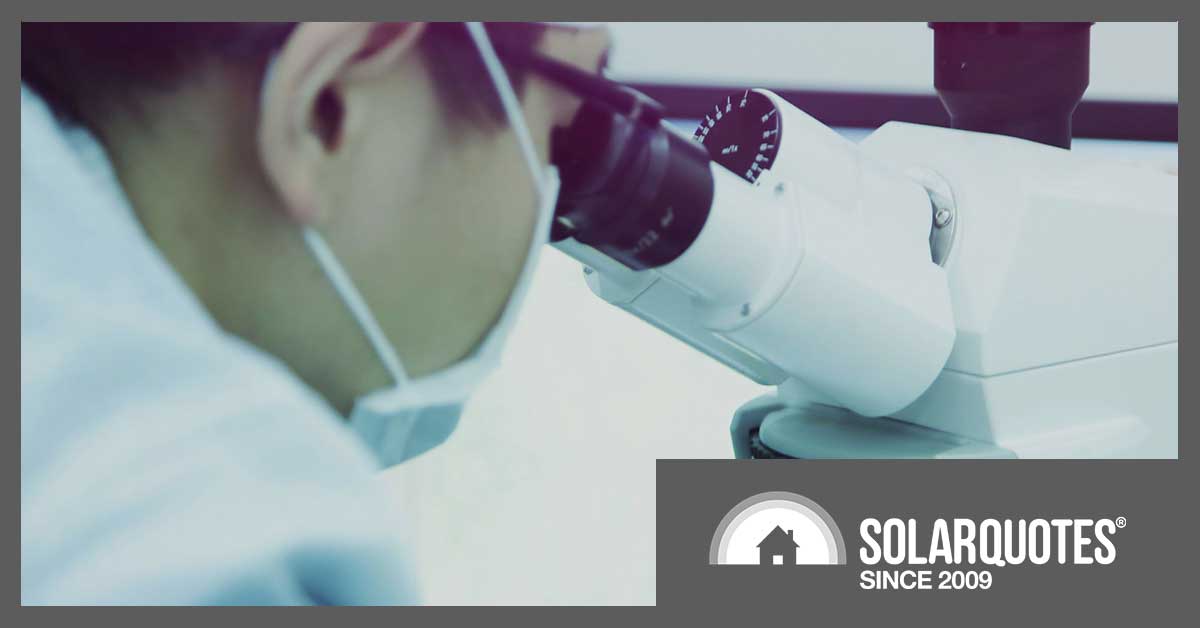
Less than two months after setting a 33.9% efficiency record for crystalline silicon-perovskite (CSP) tandem cells, LONGi is back with another record claim.
This week, LONGi Solar received certification from a German lab that its crystalline silicon heterojunction back-contact (HBC) solar cells had claimed their own record, with efficiency of 27.09%.
The certification came from the Institute for Solar Energy Research Hamelin (ISFH).
What are crystalline silicon heterojunction back-contact (HBC) solar cells?
Heterojunction refers to the junction where two different materials meet. In the context of solar cells, it usually involves a layer of amorphous silicon (a form of silicon that doesn’t have a crystalline structure) placed on top of crystalline silicon. This heterojunction can more efficiently collect and transport the electrical charges generated when sunlight hits the solar cell.
Back-Contact solar cells have all their metal electrical contacts on the backside of the cell. This design allows the entire front surface to capture sunlight without being partially shaded by metal contacts, making the cell more efficient.
Higher efficiency with reduced manufacturing costs
In a media release, LONGi said the 27.09 percent efficiency was achieved using an all-laser patterning process to overcome the high patterning cost of back-contact cells.
Patterning is used to create distinct areas for positive (p-type) and negative (n-type) contacts on the backside of the HBC cell. Before the laser process, manufacture of HBC cells relied on an expensive photolithographic patterning process.
By reducing the use of transparent conductive oxide layers, LONGi also said it uses just 20 percent of the element indium, compared to traditional bifacial heterojunction cells.
Original Source: https://www.solarquotes.com.au/blog/longi-hbc-record/

